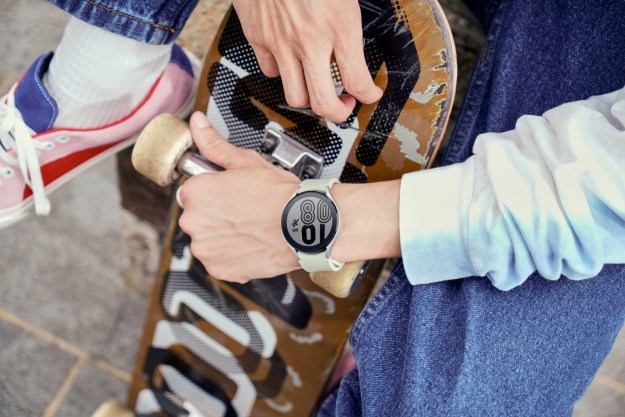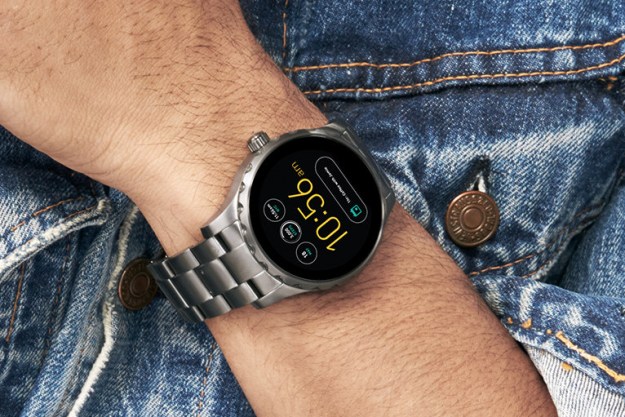This impressive piece of technology monitors a number of health aspects that are all crucial to your overall well-being. The four main focuses include step count, heart rate, sleep quality, and distance walked — but it’s not enough to simply track raw numbers, the FitPal team notes. Rather, “each heartbeat [should] give an in-depth explanation about what is really going on.” And that’s what the company seeks to do with its wearable.
Indeed, alongside the wearable itself is “a complete and comprehensive Fitness, Health and Wellness platform.” Heralded as the most robust 24/7 heart rate wearable, the FitPal measures your heart rate variability, which helps provide the wearer with a clear, quantifiable picture of his or her Autonomic Nervous System (ANS). And because the ANS is “responsible for the health and operation of every organ” in the human body, it “can be used to immediately assess the positive and negative changes happening in the body before any visible symptoms occur.”
As such, the FitPal team asserts, customers can be made “immediately aware of their health trends and risks they might face, see real-time stress levels, their health, fitness and cardio improvements as directly ‘reported’ by their ANS.” And with less than 2 percent error in terms of cardio measurement, this wearable is effectively medical grade.
Designed to integrate seamlessly into your lifestyle, you can wear the FitPal just about anywhere on your torso all day, every day. It will stream real-time data to your smart phone while simultaneously storing important metrics locally. With 13 days left to go on their Kickstarter campaign, the team has already raised nearly 97 percent of its initial $100,000 goal. So if you’re interested in joining a different kind of fitness revolution, you might consider throwing your weight (or your wallet) behind FitPal as an early adopter.
Editors' Recommendations
- Myzone’s new fitness wearable uses 2 heart rate sensors for ultimate accuracy
- New iFit ActivePulse feature uses heart rate to customize treadmill workouts
- How accurate are fitness trackers and does it matter? We asked an expert


